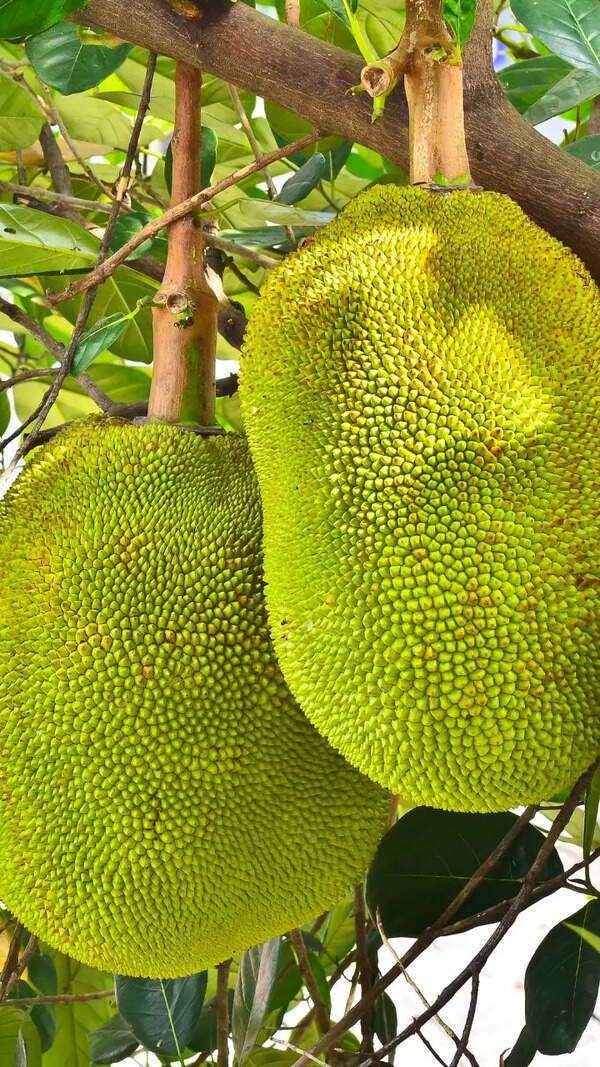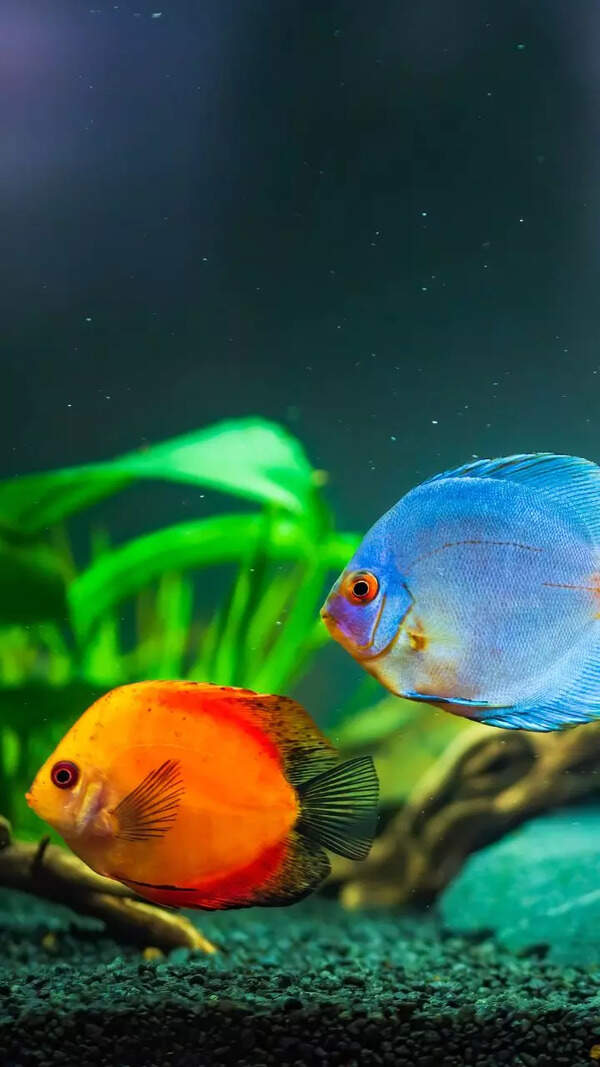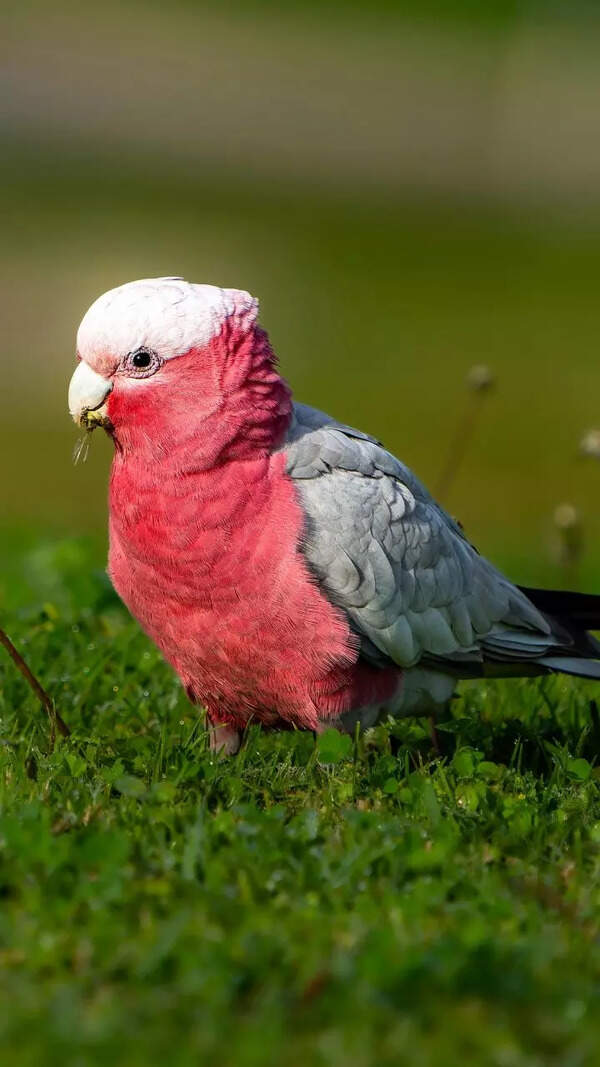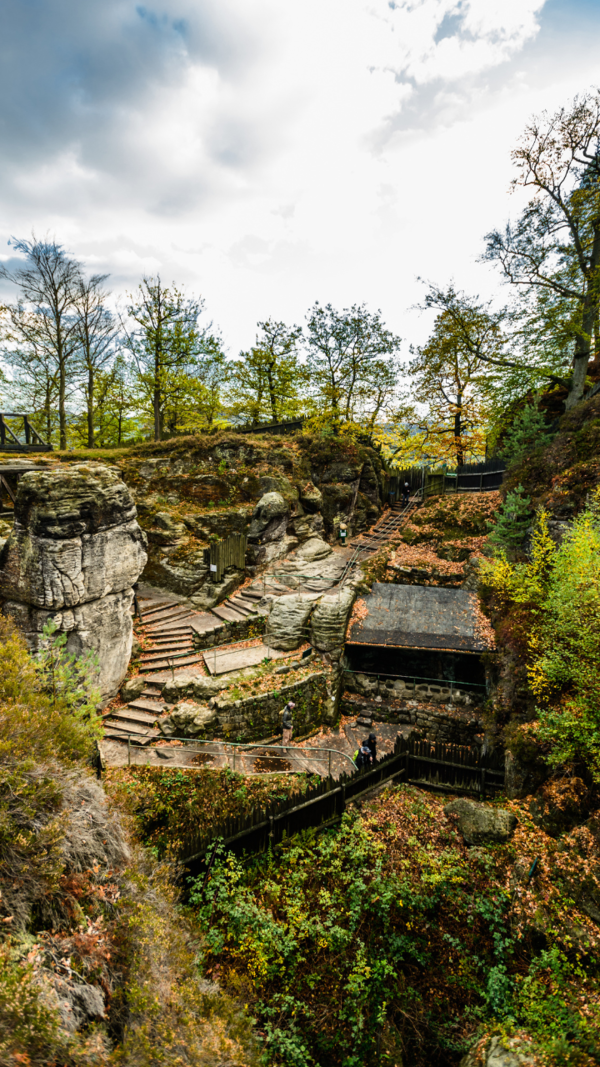- News
- City News
- chennai News
- TN doubles mangrove cover, Chennai adds just 18 hectares in three years
Trending
TN doubles mangrove cover, Chennai adds just 18 hectares in three years
The state's mangrove cover nearly doubled in three years, from 4,500 hectares (ha) in 2021 to 9,039 hectares in 2024, but there's little to cheer for Chennai, which added just 18 hectares during the period.
In the last 10 years, when several other districts such as Tiruvarur and Thanjavur, planted more than 2,142 hectares of mangroves, Chennai, which once housed crucial mangrove forests in the Kosasthalaiyar, Cooum and Adyar estuaries, added only 141 hectares, which is a mere 1.5% of state's coverage.
You Can Also Check: Chennai AQI | Weather in Chennai | Bank Holidays in Chennai | Public Holidays in Chennai
A recent report — Blue Carbon Monitoring for Mangroves of Tamil Nadu — done by Anna University for the Tamil Nadu govt, mapped the mangrove cover areas through physical visits and also by satellite, highlighting before and after images. This will help the govt address areas with weak growth.
He added that the mangroves also trap silt, thereby enriching the soil. "Their aerial roots offer a safe haven to fish, birds, turtles, snakes, and other insects."
In some locations such as the Adyar estuary, at least 57,000 saplings belonging to various species, including Rhizophora, Avicennia, Acanthus, Excoecaria, and Bruguiera, thrived and turned into lush forests. More mangroves also invite crabs, prawns, and fish, improving the local livelihoods of fishermen. Fishermen in Ennore said due to ash effluents from the thermal plants, prawn breeding had stopped. As a result, they go to Pulicat for catch.
The study also identified Tiruvarur as the district with the largest mangrove area of 2,142 hectares, including 672 hectares of plantations. Thanjavur follows with 2,063 hectares, made up of 854 hectares of plantations and 1,209 hectares of natural mangroves. Together, the two districts account for nearly half of the state's total mangrove cover.
In addition to their ecological value, mangroves serve as powerful carbon sinks. Cuddalore tops the list in carbon storage with 249 tonnes per hectare, followed by Tiruvarur (145 tonnes/ha) and Thanjavur (77.5 tonnes/ha). In contrast, mangrove patches in Villupuram (2.59 tonnes/ha) and Tiruvallur (13.1 tonnes/ha) store significantly less carbon.
Environment, climate change and forests department secretary Supriya Sahu said that under the Green Tamil Nadu Mission, the govt saved 1,700 hectares of degraded mangroves, apart from new plantations. "We are creating village councils in all districts to rope in villagers to plant mangroves. They take care of it. We are collaborating with Anna University and MSSRF to boost coverage," she said.
End of Article
Follow Us On Social Media










